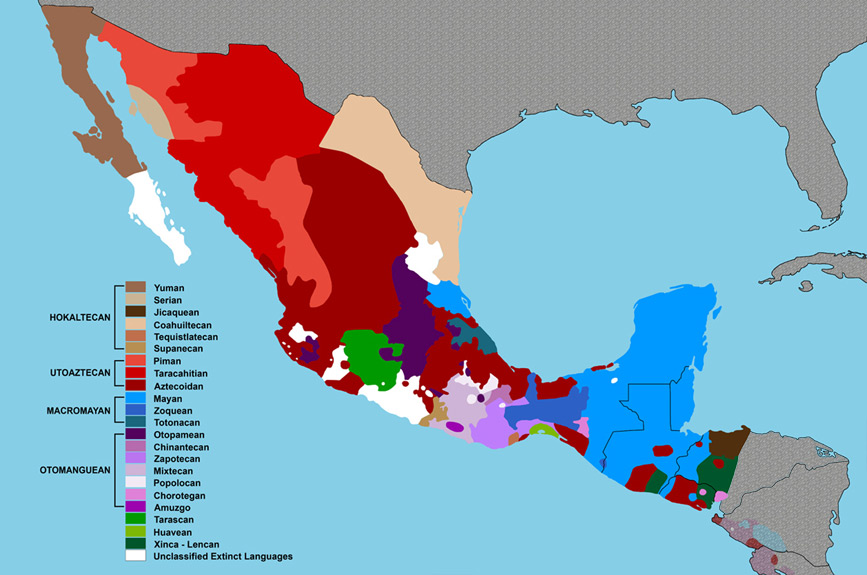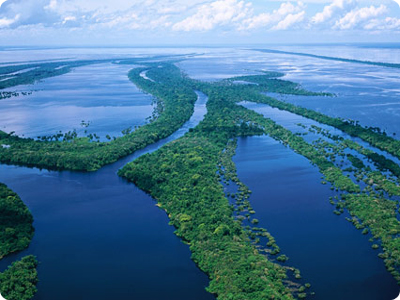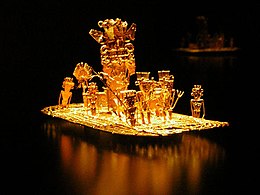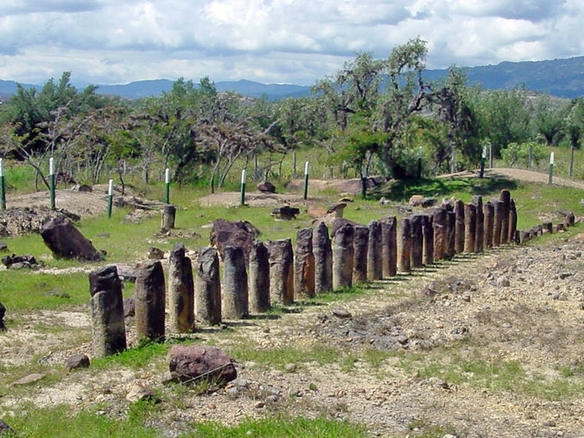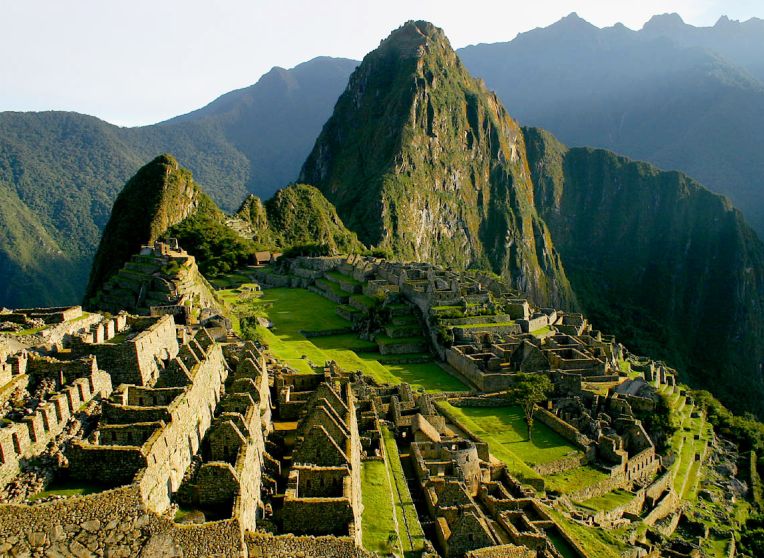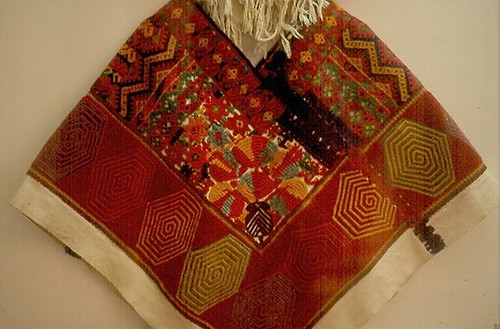“Casas de Carton,” or as translated
in English, “Houses of Cardboard,” is a song written by Ali Primera. It is a simple composition that speaks about
the situation in Venezuela. The song,
although simple in structure, contains a repressive story. It is a song that spoke to the people of
Venezuela during the mid-late 1900’s.
Ali Primera’s song lasted beyond his lifetime, and became popular again
during the time of Hugo Chavez in the early 1990’s. Thus “Casas de Carton,” composed by Ali
Primera is a simple song, written in the Nueva Cancion style, with elements of
Gaita tradition that had a powerful impact on Latin American society that
continued to be used for political purposes beyond the lifetime of Primera.
Ali Primera was a well known man in
Venezuela. According to Nichols &
Morse (2010), he was known as the, “Singer of the People.” Meaning he wrote songs that meant something
to the people of Venezuela, his songs resonated within them. Perhaps the reason these songs resonated with
people, was because Ali Primera wrote songs that condemned exploitation and
repression, and that celebrated resistance.
(Dineen, 2001, p. 134) More of
the lyrics in his song “Casas de Carton,” will be analyzed later.
However, Ali Primera did not begin
his song writing career in Venezuela. He
studied music at Universidad Central de Venezuela. Upon graduating in 1968 Primera received a
scholarship by the Venezuelan communist party to further enhance his musical
education in Romania. It was in Romania
that he recorded his first Album.
(Nichols & Morse, 2010, p. 289).
Primera continued to record songs until he died in a fatal car accident
in 1985. Many of his fans believed that
the car accident was not accidental, but rather framed. (Nichols & Morse, 2010, p. 290) Although Primera did not write his first
album in Venezuela, those songs have had a lasting impact on the public. His album, which contained the song Casas de
Carton, was released in 1975.
The songs Primera wrote all contained
a certain unique style. It is said that
he wrote in the Nueva Cancion style, or ‘New Song’. Basically this genre is a combination of
traditional folk music with contemporary music that often contained a political
or social message. (Nichols & Morse,
2010, p. 289) There is significance in
Primera using this genre for his compositions.
According to Viglietti (1986),
“The movement was most successful in the sphere of lyrics, where it reached
poetic heights which were no obstacle to communication, even with audiences
elsewhere in Latin America.” (para. 7) It was a movement that originated in Cuba in
the 1950 and 60’s, and gained popularity in the 1970 and 80’s when many Latin
American countries were involved in political conflicts. (Viglietti, 1986, para. 6) Thus Primera wrote songs in the height of
this movement, and as a political social activist it made sense for him to
incorporate this style into his song writing.
Furthermore,
Primera’s songs were sung in the Zulia region’s form of music called
gaita. This is a style that incorporates
African, indigenous, and Spanish instrumentation and rhythms. (Carruyo, 2005, p. 98) Additionally, this style draws on,
“historical memory, local lived experience, and regional symbols to create a
sense of community and collective opposition to perceived injustice.” (Carruyo, 2005, p. 98) This three concept in regards to Gaita’s are important
in understanding the meaning behind the lyrics of Casas de Cartons.
So
what is Primera trying to say in his song “Casas de Cartons”? “Casas de Cartons” is a simple, uncomplicated
song with a powerful meaning. The chorus
is repeated four times, “How sad the rain sounds in the cardboard rooftops /
How sad my people live, in the cardboard houses.” (Primera, 1975) Primera is
pointing to the suffering here, and the seemingly hopelessness of this
suffering through repetition. Although Venezuela is known to be a relatively
peaceful and stable country since its democratization in 1958, there was some
unrest concerning oil production.
(Mahler, 2011, p. 584) It is said
that the conflict that has arisen in Venezuela, is due to, “indirect mechanisms
resultant from the decline of oil abundance, deficient resource sector
management, and consequent economic distortions.” (Mahler, 2011, pg. 604) Thus
oil, itself is instrumental in causing subsequent problems mentioned in the
song. The problems that Primera includes
are, “Today is the same as yesterday; it’s a
world with not tomorrow,” or in other words, no hope for the future. (Primera, 1975) “Bellies bloated
with worms,” or lack of basic necessities.
(Primera, 1975) And, “his owner,
since many years ago/Has been tearing up the honest worker,” or exploitation by
the government. (Primera, 1975) These
factors combined have created a situation where Primera’s people live in dismal
conditions. “How
sad my people live, in the cardboard houses.”
The
exploitation of the Zulia region is an important consideration. According to
Carruyo (2005) the Zulian’s live in a region full of oil and prosperity;
however, “they have been robbed of their “fair share” of the profits.” (p.
102). Thus this region is one which has
been exploited. Primera (1975) also
alludes to this in his song, “How happy, the dogs live, in the rich exploiter’s
home.” This is a clear reference to
being exploited by the government in regards to wages and prosperity
sharing. While the Zulians have
apparently contributed to the success, through labour, they are not permitted
to share in it. It is the effects of
this exploitation that Primera tries to convey through his song.
Primera,
in keeping with Gaita tradition, also invokes a feeling of community. By using the word, ‘my’, he brings together a
community: “How sad my people live, in the cardboard houses.” (Primera, 1975)
The word ‘my’ is a possessive pronoun.
Primera keeps in mind that the contents of the song are not about the
individual but about a collective group of people and their experiences, his
group of people. The use of the word
‘my’ also allows him to establish a relationship with the public. It is this personal connection that gives him
the reputation as a “singer of the people.”
Gaita’s
also tend to include discussion of food, utilities and transportation, or the
local lived experience. The purpose of this
is to link people to the government.
(Carruyo, 2005, p. 102). In the
case of “Casas de Cartons,” this is also evident in the lines, “Bellies bloated
with worms and that’s why / How sad the children live, in the cardboard
houses.” (Primera, 1975) The reference to food, or the lack of it, is an
example of a shared local experience.
The poverty resulting from the government’s lack of provisions and
profit sharing creates a distant relationship between themselves and the
people.
This style
and form of music draws on people emotions and speak of political conflict, and
as such were used beyond Primera’s lifetime.
It is said that Hugo Chavez, who lead the coup attempt in 1992, used
Primera’s work to aid him. (Carruyo, 2005, p. 109) The spirit of the
songs, and their ability to unite groups aided him in providing and anti-elitist
theme to his work. Music has the ability
to extend beyond the lifetime of a composer, much like the work of
Primera. This song is maybe more
famously know for its part in the movie, “Voces Inocente” a tale about the
1980’s civil war in El Salvador. It is
interesting to note that in this movie, the lady turns to the man singing the
song and pleads with him not to, because it will get them killed. (techos de carton, de la movie de voces
inocentes, 2007) Even years later, this song had significant impact on the
Latin American people. It was still a
song that spoke to many different groups who were being oppressed at the time. And more importantly it was a song that
instilled fear in the hearts of the government, because in many cases it was
banned, or frowned upon.
In conclusion, the song “Casas de Carton”
was a powerful song in Latin America.
The style and genre it incorporated where ones popular for the
time. The Gaita specifically allowed for
the telling of a community, and their life experiences. The Nueva Cancion was popular in developing
stories about political unrest, and dissatisfaction. Ultimately the song has had an impact on
countries beyond Venezuela, such as El Salvador. Ali Primera, as a social activist was able to
create a strong relationship with the people of his time through the simple
rhetoric and message of his lyrics.
References:
Carruyo, L. (2005) La Gaita Zuliana: Music and the
politics of protest in Venezuela. Latin American Perspectives, 32
(3):98-111. DOI: 10.1177/0094582X05275528
Dineen, M. (2001) Culture: Customs of
Venezuela. Westport, CT: Greenwood
Publishing Group.
MÄHLER,
A. (2011). Oil in Venezuela: Triggering conflicts or ensuring stability? A
historical comparative analysis. Politics
& Policy, 39: 583–611. DOI: 10.1111/j.1747-1346.2011.00305.x
Nichols, E.G. & Morse, K.J. (2010) Venezuela. Westport CT: Greenwood Publishing Group.
Primera, A. (1975)
Casas de Carton.





